
India-Afghanistan Relations: Need for Strategic Re-Orientation
Tue, 19 Jan 2021 | Reading Time: 9 minutes

Geo-Political Overview of India-Afghanistan Strategic Relationship. While the older generation will remember Tagore’s ‘Kabuliwallah’ with nostalgia, the current generation of Indians will think of war-torn Afghanistan with empathy, as Afghanistan has a special place for civilizational India (part of India till mid-Nineteenth Century) which supports the underdog, the exploited nation and simple people, caught up in a vicious ‘great game’ not of their making for centuries. History, culture, civilization and people to people contact have created commonalities thus making the history the guide to the future. Although India has long chosen to refrain from putting boots on the ground in Afghanistan, India has always supported Afghanistan. Our partnership resulted in the India-Afghanistan Strategic Partnership Agreement in October 2011 which in addition to emphasizing cooperation in the areas of security, law enforcement, and justice, also included a joint commitment to combating international terrorist and criminal networks in the region. India has always advocated a reconciliation process owned and negotiated by Afghans themselves, its approach toward the Taliban has subtly shifted over the years. In the 1990s, India was vocal in its opposition to the Taliban regime and backed the Northern Alliance against it, a strategy also employed by Russia and Iran at the time. By the late 2000s, India supported the elected Afghan government in its reconciliation efforts, it was no longer entirely averse to engaging more substantively with the Taliban. India however, never opened an official communication channel with the Taliban.
Nation Building of Afghanistan by India. Our historical ties and vital national interest in Afghanistan dictates that we strengthen the relationship with the government and people, and accordingly made substantial contributions in terms of infrastructure development, financial support ($2.2 bn), human capital (0ver 15000 students in Indian Universities), security architecture (defence systems like 4 MI 26 helicopter, 285 vehicles, hospitals; basic and advanced military training) and in numerous other fields towards nation-building and prosperity of Afghanistan[i]. India’s economic assistance and support to democracy is a step to reduce Afghanistan’s dependency on Pakistan and helps India to establish links with energy-rich Central Asia. Powers like the United States welcome India as a key player in the stabilization process that agonizes Pakistan, who has adopted a zero-sum approach in the region creating a security dilemma.
A few of the completed major projects are listed; Afghanistan’s Parliament in Kabul; restoration of the Stor palace; reconstruction of Salma dam now known as the Afghan-India Friendship Dam; establishment of an electricity transmission line from Pul-e-Khumri to Kabul; financing the establishment of the Afghan National Agriculture Sciences and Technology University (ANASTU) in Kandahar; Chimtala power substation in Kabul; cricket stadium in Kandahar; upgrading and expanding many telephone exchanges and the national television network; building a strategically important road (especially for India) Zaranj-Delaram road which connects the border town of Zaranj (leading to the Iranian port of Chabahar) with the city of Delaram, thereby establishing better communication between the Iranian supply network and Afghanistan’s most important transport avenue, the Ring Road. Pragmatism dictated that the large projects were often realized in the area of the capital or the safer Northern and Western parts of the country, while many of the small projects initially were spread across Pashtun borderlands, directly challenging Pakistan’s influence.
Taliban: an Essential Player Nobody Wants but Cannot be Ignored. Every stakeholder has its rationale for talking to the Taliban. All have had to recalibrate and renegotiate their terms of engagement with the Taliban as the group has persisted in the country, destined to be a fundamental player in war-torn Afghanistan[ii]. As the possibility of an American-led military victory appeared distant, negotiating with the Taliban became the only feasible path forward. America’s position on talking to the Taliban has transitioned from the maximalist preconditions including renouncing al-Qaeda, laying down arms, and accepting the Afghanistan Constitution, to a minimalist posture. The peace agreement dissolved the red line of preconditions that the United States had set. The conditions placed by the US were aimed at maximizing the limited gains it had achieved and minimizing its losses, thus paving a path for it to withdraw from Afghanistan. The Afghan government, after initially rejecting the US-led talks due to its non-participation, had to grudgingly declare support for the peace agreement and its conditions. President Trump’s announcement of more troop withdrawals (leaving only 2500 troops by Jan 2021) has further cemented the new geopolitical situation. The announcement has drawn adverse criticism from US military, security experts and politicians across the divide, but there is non-partisan support with even Joe Biden during his election campaign clearly stating that “we don’t need those troops there. I would bring them home.” What transpires, we will know ‘come Jan 21’. What is certain whatever the outcome, is that the Taliban are here to stay and will increasingly play a larger role in the political and security situation in Afghanistan.
India and Taliban: Hobsons Choice. India for obvious strategic considerations (including the violently anti-India Haqqani terrorist group) has always supported the Government in power while condemning the Taliban. However, presented with a fait accompli, realpolitik dictated FM Jaishankar’s speech at the inaugural Doha session indicates that our evolution on the Taliban continues. The Taliban, for their part, are unlikely to emerge as a strong partner of India, but the group has been signalling that it is not fundamentally inimical to working with India either. A few months ago, the Taliban refuted media reports that they had aligned with jihadi groups in Kashmir, declaring that they were not in favour of intervening in the internal matters of another country. That represented a subtle overture to New Delhi and allows the country to secure a seat at the high table. As stated, the peace agreement and US withdrawal pose a thorny dilemma for India as our assets in Afghanistan have been targeted by the Haqqani group, a major Taliban faction. Our considerable assistance was dependant on US military presence and the relative stability it brought.
The Doha Peace Deal with Taliban. On February 29, 2020, the US and the Taliban signed an agreement in Doha to end the war in Afghanistan. The agreement calls for a “comprehensive and sustainable peace agreement,” culminating in a “permanent and comprehensive ceasefire[iii]. Whether observers like the agreement or not, it is a reality. The process addresses four main issues of; Cease-fire; withdrawal of foreign forces (Trump outpaced the agreement, but all forces to withdraw within 14 months); Intra-Afghan talks starting by Mar 20; and counter-terrorism assurance which seeks to halt terrorist activities in the country, including by al-Qaeda and the self-proclaimed Islamic State, or threaten the USA.
The Irony has not gone unnoticed. Perhaps nothing reflects the challenges facing the Intra-Afghan negotiations more starkly than the title “Agreement for Bringing Peace to Afghanistan Between the Islamic Emirate of Afghanistan” which Is Not Recognized by the US as a State, and which is known as the Taliban! The leader of the Haqqani Network, Sirajuddin Haqqani, the second-in-command of the Taliban is on the US wanted list with a reward of $10 million for information leading to his capture or death. To top it all, the US considers the Taliban a partner in counter-terrorism operations against Al-Qaeda and IS and other terrorist groups.
Implications of Agreement for India. Some major implications; while the Taliban agreed to prevent terrorist outfits from operating on Afghan soil, there is little clarity on how the agreement will be verified and enforced; second, the growing influence of Pakistan’s ISI, which controls/influences the Taliban, especially the Haqqani group. The third challenge to India’s long-term interests in Afghanistan has to do with the increasing political instability in Kabul. The power-sharing agreement signed between Afghan President Ashraf Ghani and former chief executive Abdullah Abdullah, on 17 May 20, is nebulous at best, especially after the official emergence of Taliban. An interlinked set of mitigation strategies could help India protect its interests[iv]:
- Border Diplomatic Engagement. Appointing a special envoy dedicated to Afghan reconciliation. The envoy to safeguard Indian interests at every international, regional and internal forum, and reaches out to Taliban representatives.
- Enhanced Multi-Dimensional Assistance. Continue providing capacity and capability enhancement in defence, including training of the Afghan National Army (ANA) and other para-military forces. Intelligence sharing especially of anti-India terrorist groups must be a priority. Given the unstable situation and impact of COVID on the economy India must spearhead developmental assistance.
- Regional Cooperation. Broaden its engagements with Iran and Russia, explore opportunities for cooperation (as limited as they might be) with China, and find common ground with the US on Afghanistan’s future. This does not mean forcing competing interests to align; it means investing in a wider diplomatic initiative with the view to carving out areas of convergence.
Geo-Politics is never Easy nor Constant. Appointing a special envoy to interact with the Taliban, while assisting ANA, would no doubt invite opposition from the Ghani-led government (which itself is struggling with the question of Taliban negotiations), Pakistan, and other internal quarters. India will need to conduct a detailed net assessment of the political costs to its interests. The key will be to find an equilibrium to a necessarily paradoxical strategy. India ‘cannot let sleeping dogs lie’ but be bold and less dogmatic, and navigate unchartered territory to exploit the geopolitical situation emerging, as the consequences are strategic. Fortunately, the current Modi government has shown that it can break new ground; resolute but mature actions against China using multi-domains including the resolute faceoff along the LAC, willingness to use force in Pakistan; build stronger relations with the Middle East; recognize Europe’s importance in times of changing geopolitics; embracing technology as central to growth and international relations, and to demonstrate India’s clout as an emerging balancing power in the world; as FM Jaishankar says “Taking risks is inherent to the realisation of ambition.” It is time for such ambition to be tested in Afghanistan. That Afghanistan is changing is a fact and there is a distinct probability of the Taliban returning to Kabul, in some form or shape. While the Agreement has given us a raw deal with ‘advantage Pakistan’, forcing us to reboot our approach to Afghanistan and engage with the Taliban, India has the will and capacity to rebound.
Strat Importance of Establishing Good Relationship with the Taliban. The Taliban are expected to constitute an integral part of the government in Kabul (whatever the situation, they are here to stay as a political entity with significant clout), and we need to establish diplomatic contacts with a politically empowered Taliban to safeguard our existing and future economic interests, including those linked with Central Asian energy markets and broader connectivity projects. It will also provide India with some leverage over Afghanistan’s future, which could offset China and Pakistan’s efforts aimed at sabotaging Indian stakes in the country. India undoubtedly has a long road ahead.
Necessity for Strategic Re-Orientation. India is slowly re-orienting its strategy to protect and promote its interests. Our Afghanistan policy continues to be assessed vis-a-vis Pakistan. India on its part has done little visibly, to meet the challenge, in the emerging political scenario of Afghanistan. While emphasizing an “Afghan-led process,” India kept its hands away from the complicated peace talks. India’s official presence at the signing of the peace agreement in February this year did not convey any material change in India’s stance as it carefully avoiding naming the Taliban entirely in the body of its statement. Even as several countries including Russia, China and the EU sent special envoys to Afghanistan, India refused to establish any diplomatic efforts to talk to the Taliban[v]. The policies of the countries underscore their understanding of the constantly changing reality of Afghanistan and demonstrate their efforts to stay relevant in the long run. India, on the other hand, has attempted to maintain the higher moral ground by not talking to a group it considers a terrorist organization. India’s decision makes it vulnerable in the long term, especially if and when the U.S. withdraws its forces from Afghanistan.
Opportunistic Bedfellows: India-China-Russia-Iran. China too is deeply concerned about stability in Afghanistan, a new twist in the great game by other players, as also wary of geographical proximity of Xinjiang and Uighurs to Afghanistan, as instability can easily transcend borders. China has substantially increased its economic interests in Afghanistan and included it as part of BRI. Intending to secure its interests, it has created good equations both with the Government and Taliban and has her permanent client state Pakistan to help out when needed. Strategic opportunity dictates that one of their primary strategic objectives will be to neutralise Indian influence. While this could add to the prevailing friction, there remains an opportunity for India to exploit the commons. The competition between India and China may push New Delhi closer to Moscow and Tehran, which share some of India’s goals in the region. Although the Afghan government remains sceptical of any Russian links with the Taliban, Moscow’s involvement in the facilitation of past negotiations between various Afghan interlocutors is undeniable. As for Iran, even though it cannot reconcile with the Taliban’s anti-Shiite beliefs, Tehran has shown that it understands the importance of maintaining communications with the group. Given India’s relations with Russia and Iran, a three-way joint effort in Afghanistan cannot be ruled out.
Conclusion.
Within this complex loop, India’s USP is that it is the only country that can engage with the US, Europe (EU) on the one hand, and Iran and Russia on the other, and shares a relationship of trust with Afghanistan, which MUST be played to safeguard our strategic interests. As US troop presence diminishes and with it its clout, the overarching goal is peace and stability in Afghanistan, especially for neighbour India. The Afghan conflict is far from over, and India is well placed to play a pivotal role (despite being a low-key player so far) to form a consensus on how to shape the future of Afghanistan, which naturally depends on how we handle Taliban. Iran is wary of elements who are anti-Shia which suits India, as it places Pakistan in the opposite camp. India views Russia as a balancer in the regional security matrix, despite its proximity with China, due interests in CAR and Europe, and the three can coalesce and act. Greater coordination between India, Iran and Russia besides convergence on regional security, is to develop cooperative mechanisms for commercial and economic ties with Afghanistan. This will also deny China and Pakistan an overarching influence in Afghanistan which is a long-term strategic victory, paving the way for our strategic growth towards CAR, Europe and the Indo-Pacific region.
Current Status-Note (Mid-Dec 2020). While talks continue with even the Chairman of the US Joint Chiefs of Staff, General Mark Milley meeting the Taliban at Doha, and Afghan President Ashraf Ghani in Kabul, violence continues unabated, initiated by Taliban (as accused by the Government), indiscriminately targeting civilians, government installations/symbols and security forces, raising questions on the future of the Agreement, US troop withdrawal timetable and stability of the current Government set-up (internal dissension), and finally actions and role of the Taliban. The World and India look on anxiously.
References:
[i] 36 Things India Has Done for Afghanistan, The U.S. president might find it interesting to learn just what India has done for Afghanistan. By Krzysztof Iwanek, The Diplomat, 08 Jan 20, Link- https://thediplomat.com/2019/01/36-things-india-has-done-for-afghanistan/)
[ii] Does India Have a New Playbook for a New Afghanistan? By Monish Tourangbamand Neha Dwivedi, The Diplomat, 10 Jun 20, Link- https://thediplomat.com/2020/06/does-india-have-a-new-playbook-for-a-new-afghanistan/)
[iii] ‘Dealing With the Taliban: India’s Strategy in Afghanistan After U.S. Withdrawal’;
Rudra Chaudhuri, SHREYAS SHENDE, Carnegie India, Link- https://carnegieindia.org/2020/06/02/dealing-with-taliban-india-s-strategy-in-afghanistan-after-u.s.-withdrawal-pub-81951
[iv] ibid
[v] Does India Have a New Playbook for a New Afghanistan? By Monish Tourangbamand Neha Dwivedi, The Diplomat, 10 Jun 20, Link- https://thediplomat.com/2020/06/does-india-have-a-new-playbook-for-a-new-afghanistan/
Disclaimer
The opinions expressed in this article are the author’s own and do not reflect the views of Chanakya Forum. All information provided in this article including timeliness, completeness, accuracy, suitability or validity of information referenced therein, is the sole responsibility of the author. www.chanakyaforum.com does not assume any responsibility for the same.
Chanakya Forum is now on . Click here to join our channel (@ChanakyaForum) and stay updated with the latest headlines and articles.
Important
We work round the clock to bring you the finest articles and updates from around the world. There is a team that works tirelessly to ensure that you have a seamless reading experience. But all this costs money. Please support us so that we keep doing what we do best. Happy Reading
Support Us




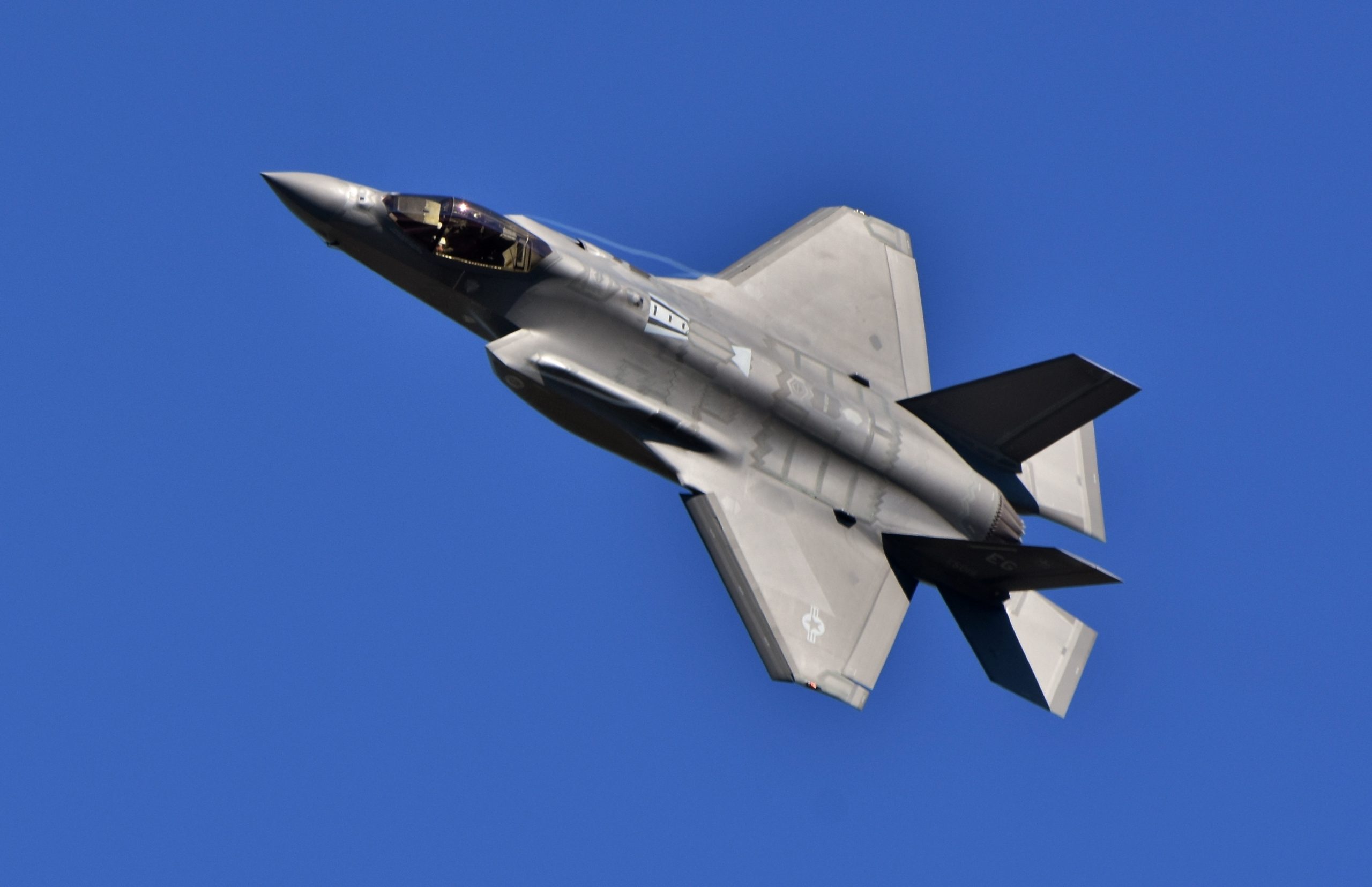


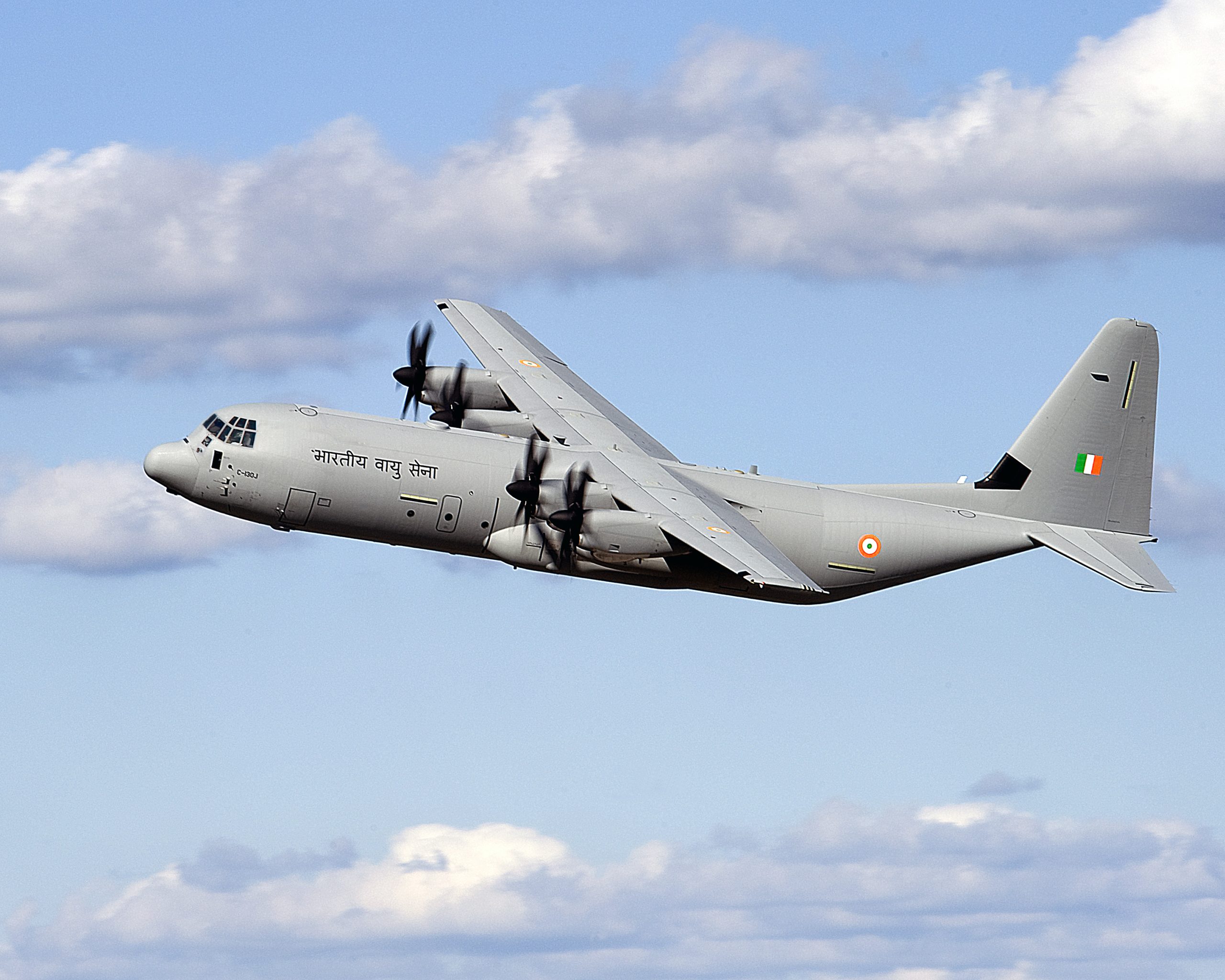


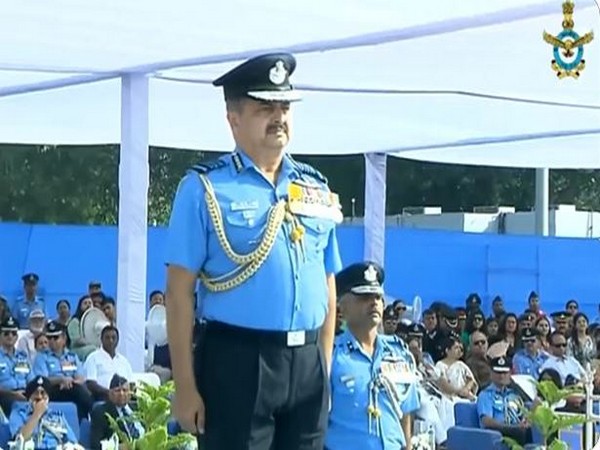
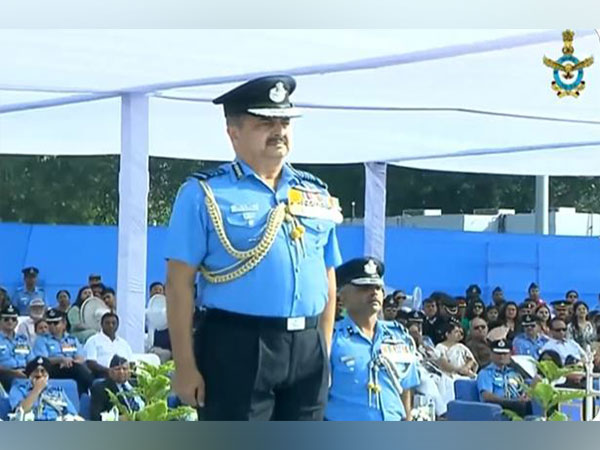

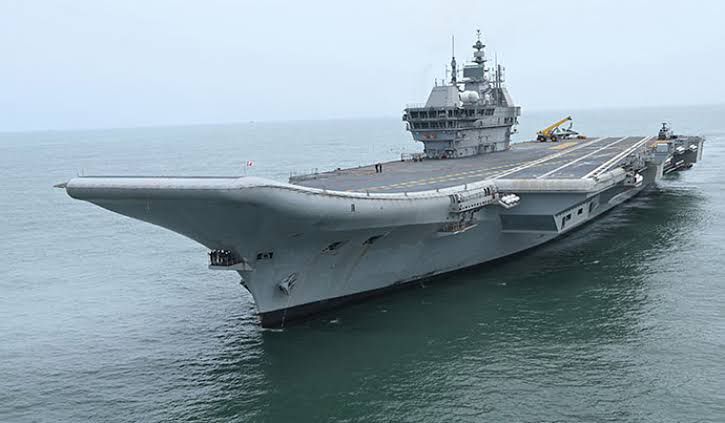






POST COMMENTS (1)
pramod kumar